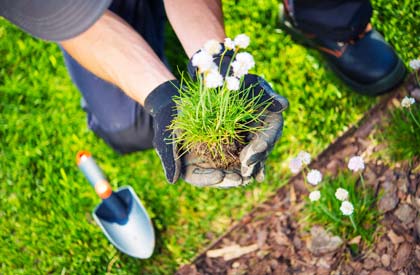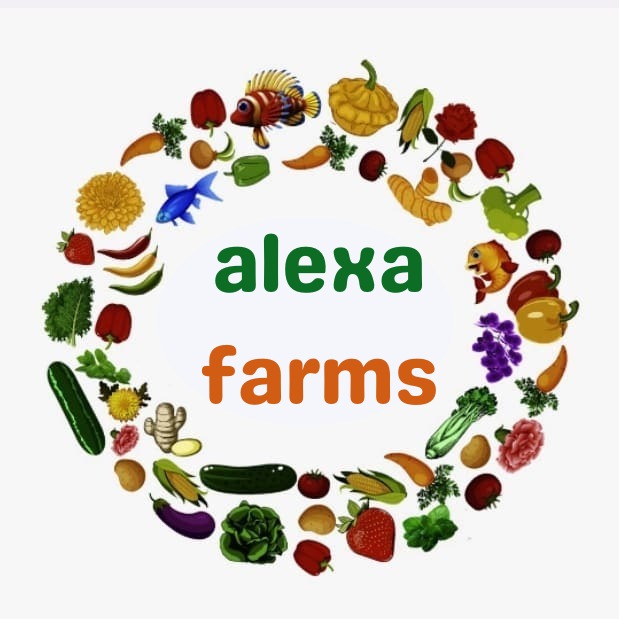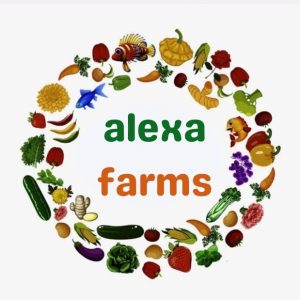

Cold Chain Systems
COLD STORAGE
A cool store or cold store is a large refrigerated room or building designed for storage of goods in an environment below the outdoor temperature. Products needing refrigeration include fruit, vegetables, seafood and meat. Cold stores are often located near shipping ports used for import/export of produce.
India is the largest producer of fruits and second largest producer of vegetables in the world. In spite of that per capita availability of fruits and vegetables is quite low because of post-harvest losses which account for about 25% to 30% of production. Besides, quality of a sizable quantity of produce also deteriorates by the time it reaches the consumer. Most of the problems relating to the marketing of fruits and vegetables can be traced to their perishability. Perishability is responsible for high marketing costs, market gluts, price fluctuations and other similar problems. At low temperature, perishability is considerably reduced and the shelf life is increased and thus the importance of cold storage or refrigeration. The first cold store in India was reported to have been established in Calcutta in 1892. However significant progress in the expansion of the cold storage industry in the country has been made only after independence.
With a view to ensuring the observance of proper conditions in the cold stores and to providing for development of the industry in a scientific manner, the govt of India and the ministry of agriculture promulgated an order known as “Cold Storage Order, 1964” under Section 3 of the Essential Commodities Act,1955. The Agricultural Marketing Advisor to the Govt of India is the Licensing Officer. A cold storage facility accessible to them will go a long way in removing the risk of distress sale to ensure better returns.
Status of Cold storage and its potential in India
The estimated annual production of fruits and vegetables in the country is about 130 million tonnes. This accounts for 18% of our agricultural output. Due to diverse agro climatic conditions and better availability of package of practices, the production is gradually rising. Although, there is a vast scope for increasing the production, the lack of cold storage and cold chain facilities are becoming major bottlenecks in tapping the potential. The cold storage facilities now available are mostly for a single commodity like potato, orange, apple, grapes, pomegranates, flowers, etc. which results in poor capacity utilization.
Storage of foods and Storage Conditions
Foods and many other commodities can be preserved by storage at low temperature, which retards the activities of micro-organisms. Micro-organisms are the spoilage agents and consist of bacteria, yeasts and molds. Low temperature does not destroy those spoilage agents as does high temperature, but greatly reduces their activities, providing a practical way of preserving perishable foods in their natural state which otherwise is not possible through heating. The low temperature necessary for preservation depends on the storage time required often referred to as short- or long-term shortage and the type of product.
In general, there are three groups of products:
- Foods that are alive at the time of storage, distribution and sale e.g. fruits and vegetables
- Foods that are no longer alive and have been processed in some form e.g. meat and fish products, and
- Commodities that benefit from storage at controlled temperature e.g. beer, tobacco, khandsari, etc.
Living foods such as fruits and vegetables have some natural protection against the activities of micro-organism. The best method of preserving these items is to keep the product alive and at the same time retard the natural enzyme activity which will retard the rate of ripening or maturity.
Preservation of non-living foods is more difficult since they are susceptible to spoilage. The problem is to preserve dead tissues from decay and putrefaction. Long term storage of meat and fish product can only be achieved by freezing and then by storing it at temperature below -15oC. Only certain fruits and vegetables can benefit from freezing. However, for fruits and vegetables one should be very careful about the recommended storage temperature and humidity a deviation from which will have adverse effect on the stored product leading to even loss of the entire commodity.
Products such as apples, tomatoes, oranges, etc. cannot be frozen and close control of temperature is necessary for long term storage. Some product can also be benefited by storing under controlled atmosphere and modified atmosphere conditions.
Dairy products are produced from animal fats and therefore non-living foodstuffs. They suffer from the oxidation and breakdown of their fats, causing rancidity. Packaging to exclude air and hence Oxygen can extend storage life of such foodstuffs.
Technology
A cold storage unit incorporates a refrigeration system to maintain the desired room environment for the commodities to be stored. A refrigeration system works on two principles:
- Vapour absorption system (VAS), and
- Vapour compression system (VCS)
VAS, although comparatively costlier, is quite economical in operation and adequately compensates the higher initial investment. Wherever possible such a system should be selected to conserve on energy and operational cost. However, it has its own limitations when temperature requirement is below 100C and many of the fruits and vegetables except seeds, mango, etc. require lower than 100C for long storage.
VCS is comparatively cheaper than VAS. There are three types of VCS systems available depending upon the cooling arrangements in the storage rooms i.e., diffuser type, bunker type and fin coil type. Diffuser type is comparatively costlier and is selected only when the storage room heights are low. The operational cost of such units is also higher. Bunker type is the cheapest and is preferred when storage room heights normally exceeds 11.5 m. Its operational cost is also low. Fin coil type, although about 5% costlier than the bunker type, is very energy efficient with low operational cost and higher space availability for storage of produce. Such system is used for units with room heights of 5.4m onwards.
In a refrigeration system, refrigerants are used to pick up heat by evaporation at a lower temperature and pressure from the storage space and give up the heat by condensation at a higher temperature and pressure in a condenser. Freon used to be a common refrigerant but as it causes environmental degradation, its use is going to be banned by the year 2008. Therefore, Ammonia is being increasingly used and preferred for horticultural and plantation produce in cold storage units.
Heat load factors normally considered in a cold storage design are:
- Wall, floor and ceiling heat gains due to conduction
- Wall and ceiling heat gains from solar radiation
- Load due to ingression of air by frequent door openings and during fresh air charge.
- Product load from incoming goods
- Heat of respiration from stored product
- Heat from workers working in the room
- Cooler fan load
- Light load
- Aging of equipment
- Miscellaneous loads, if any
Maintenance Tips
Install a trunk guard at the base of the tree to keep works its seds nutrient and water system from being cut. Trunk ours guards also …
Install a trunk guard at the base of the tree to keep works its seds nutrient and water system from being cut. Trunk ours guards also…
Install a trunk guard at the base of the tree to keep its nutrient andwater system from being cut. Trunk guards also protect trees from rodents and other small animals.
Customer Feedback
Talented Agronomist
Team Alexa made my Poly-House very well & also helped by assisting in organic Framing. Thanks & All the Best for the future.
Ms. Poonam Saxena, Indore (M.P.)
landownerExcellent job, excellent workmanship
Currently, Team Alexa helping me on Orchid Cultivation in Poly house. I’ve have to say till now everything is good and expecting the same for future.
Mr. Rajendra singh , Indore (M.P.)
landownerGreat ! Work
I would suggest Alexa Farms for Poly house Farming , Hi Tech Farming Organic Farming because there professionals have knowledge for all the crops.
Mahant Dharmendra Puri, Indore
landownerDone Wonderful job
Amazing design and installation of our new, beautiful yard. Gardener is professional, creative and knowledgeable designer.
Mark Angelino
NewyorkPlanting & Removal Charges
Within a your budget you can freshen up your plant with a few key upgrades that will increase your home’s curb appeal. A new gravel driveway or concrete walkway can make your home look like new. Small budgets are good for breaking up a larger project into manageable chunks, so you might splurge for a nice walkway this year and deal with the driveway later.

